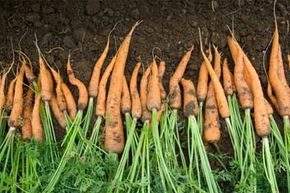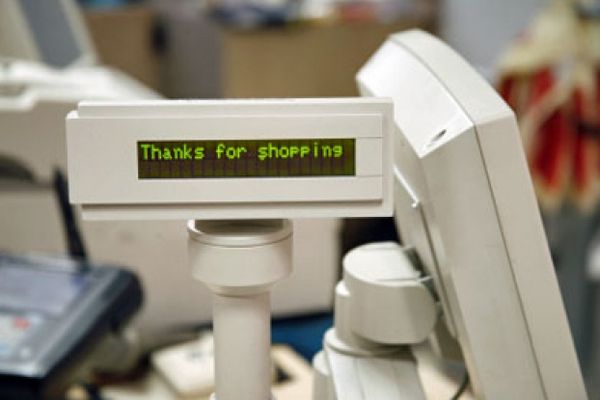Is there anything better than a fresh heirloom tomato picked from a backyard garden? For more than 40 million American households, there's not much. Growing one's own produce is a long-standing tradition, and the home craft has seen a rise in popularity in recent years [source: Mother Nature Network].
A number of factors draw homeowners and apartment dwellers alike to gardening. For some, gardening is a restful pastime that offers a connection with the natural world. Others see it simply as a good economic move, producing healthy food at a fraction of what it would cost from the grocery store. But does homegrown produce really save money? And how can a cash-conscious gardener get the most out of the garden, both in terms of leafy greens and greenbacks?
Advertisement
There's no one-size-fits-all answer for whether gardening saves money, but asking -- and then accounting for -- a number of key questions can increase your odds of realizing both healthy food and healthy savings.
First, where do you live? The U.S. Department of Agriculture divides the nation into 11 separate hardiness zones -- areas where temperature patterns lend themselves better to certain types of plants than others [source: National Gardening Association]. If you prefer vegetables that cannot naturally grow in your climate zone, a greenhouse -- with the added expenses of construction and materials -- might eat away at any savings you'd see from growing at home. However, you may be able to grow some smaller plants in pots indoors or implement cold frames (learn more about those on the next page).
Second, are you willing to put in the work to have a healthy garden? Although a well-maintained backyard garden as small as 4 feet by 8 feet (1.21 meters by 2.4 meters) can provide a significant food cost savings, gardens of any size require regular, consistent care to do their best. You can count on spending three to five hours a week in the garden digging beds, weeding and picking. Most gardeners see this as recreation, but if your time is more valuable to you than money, you may find the sweat cost of a garden to be higher than you prefer [source: Noll].
If you've researched what can grow in your area, however, and you know you're not afraid of a little dirt under your fingernails, then you could indeed reap significant cash savings along with next year's harvest. Check out our tips for creating the most worthwhile backyard crops on the next page.
Advertisement



